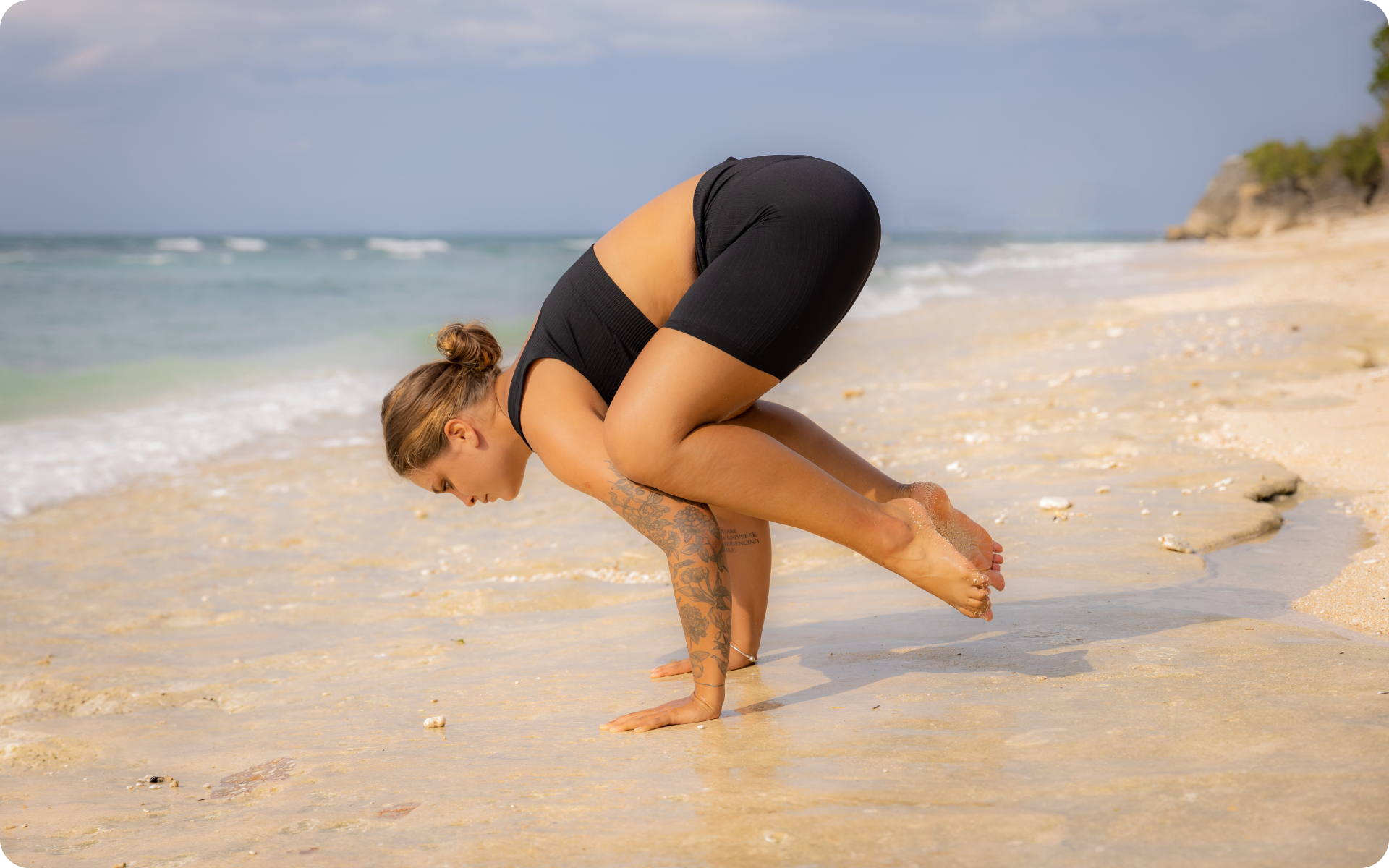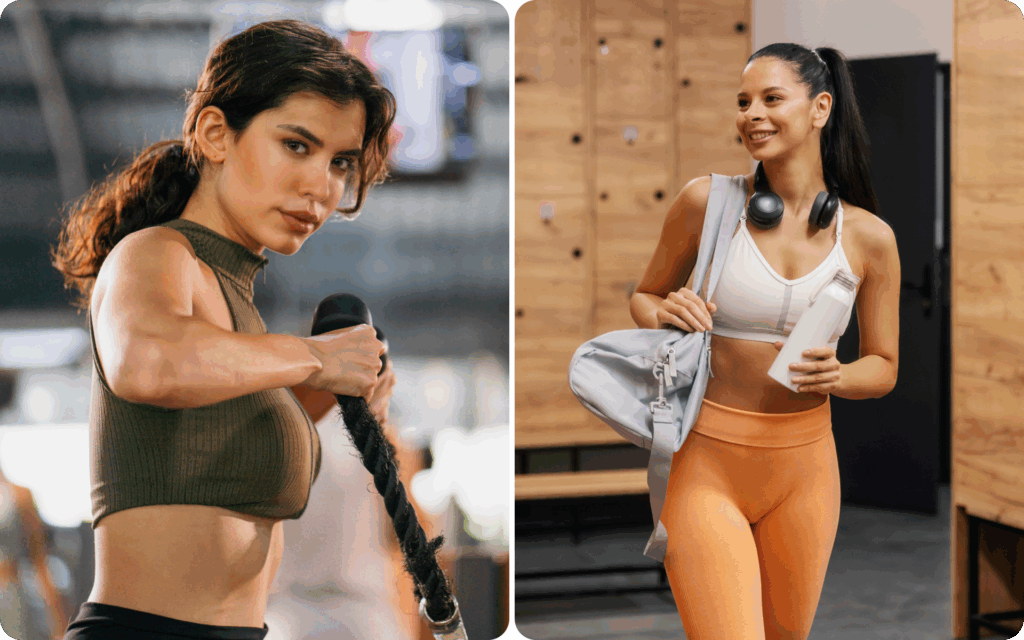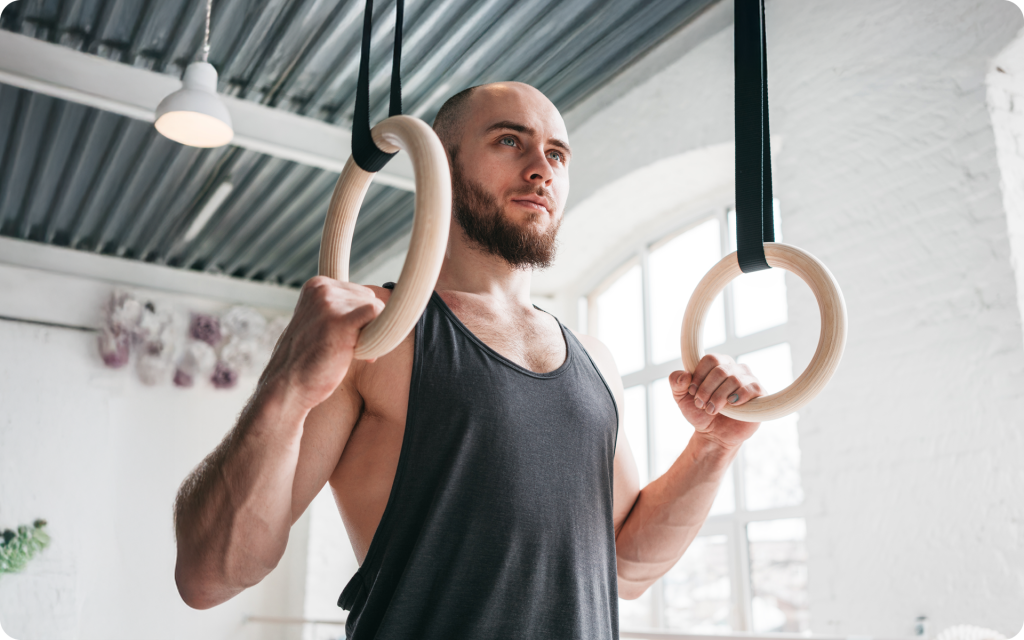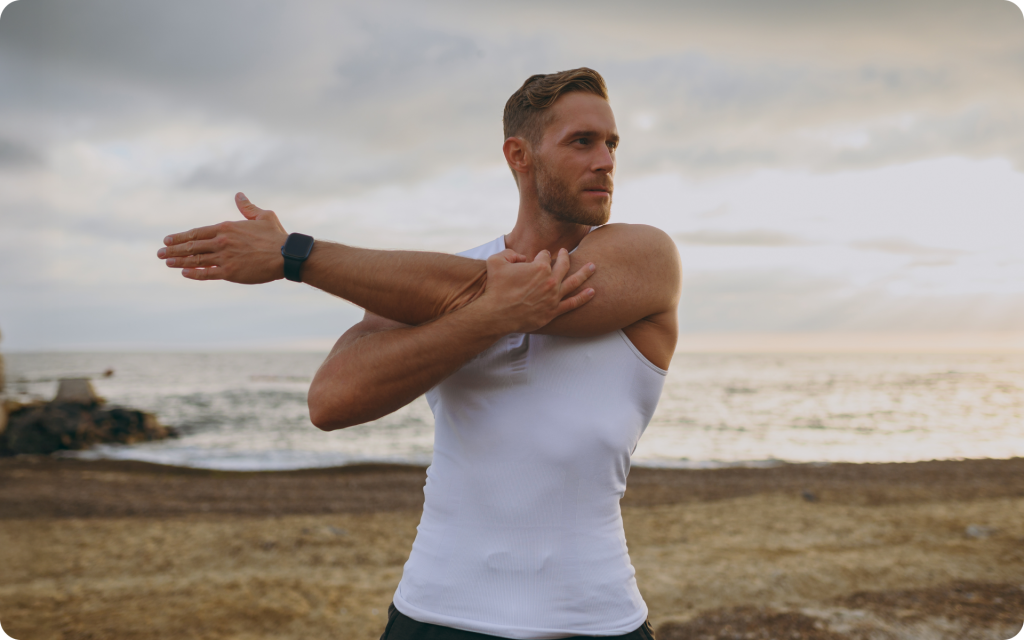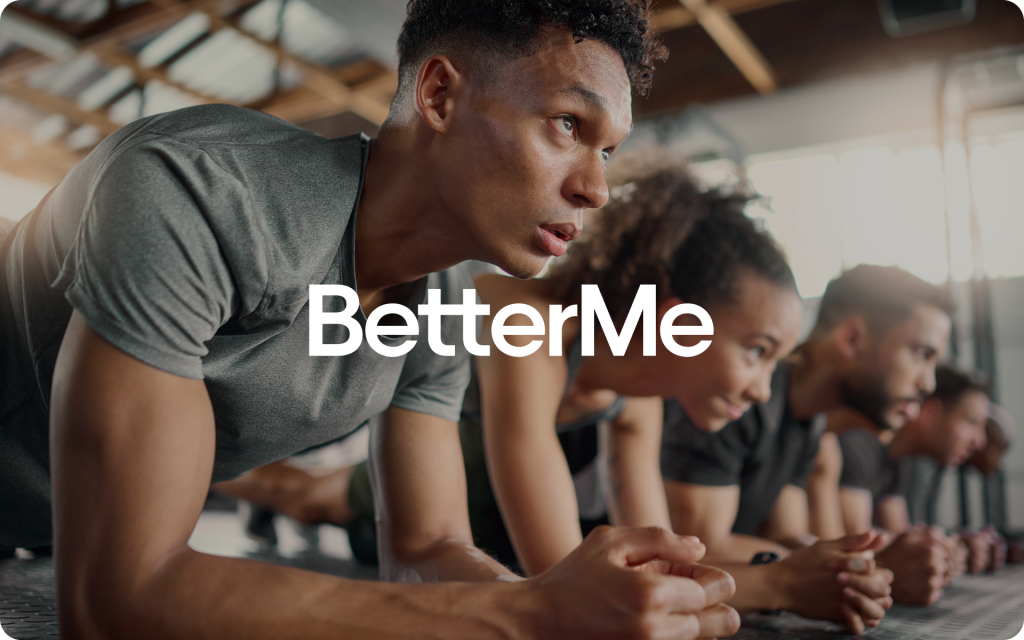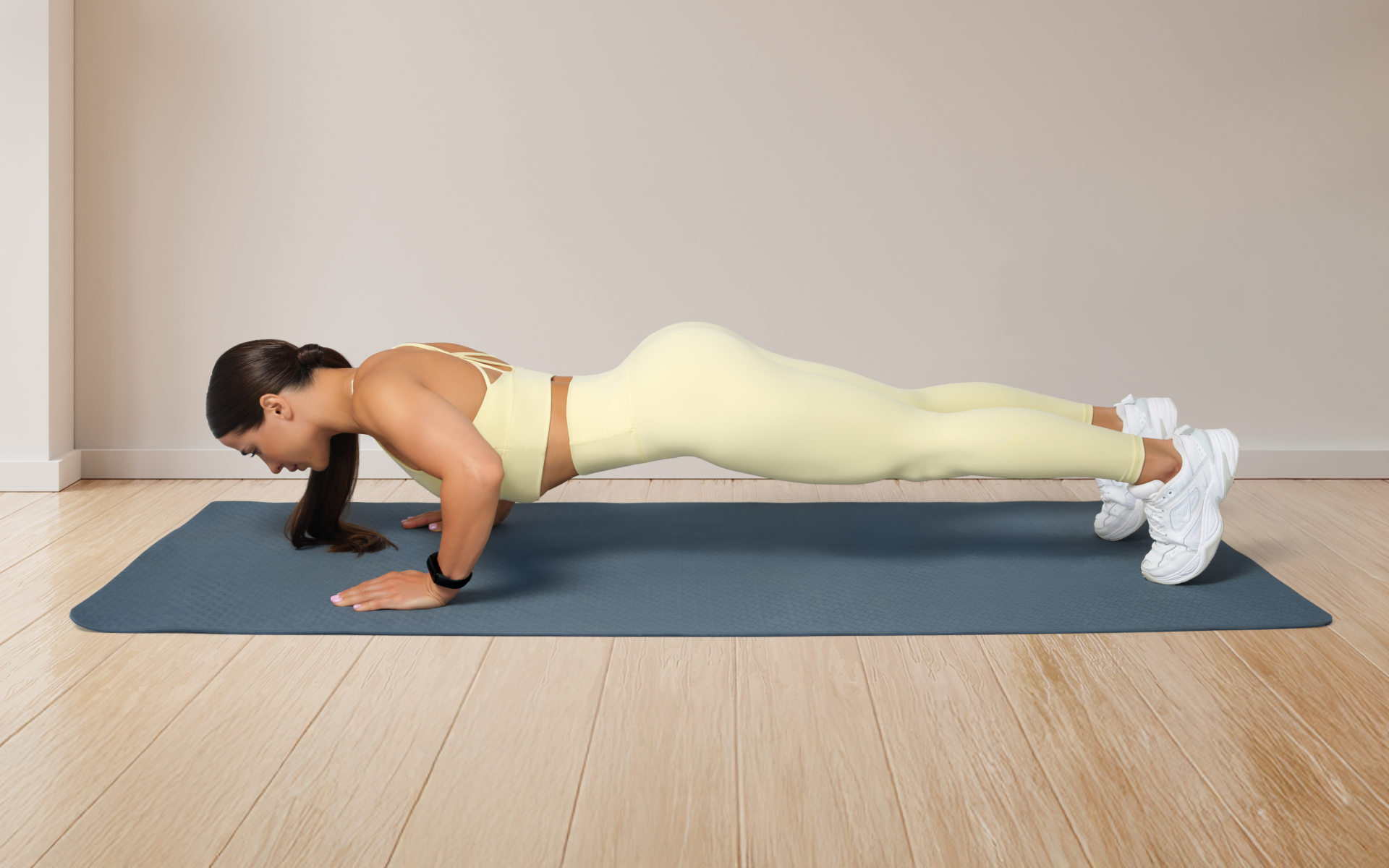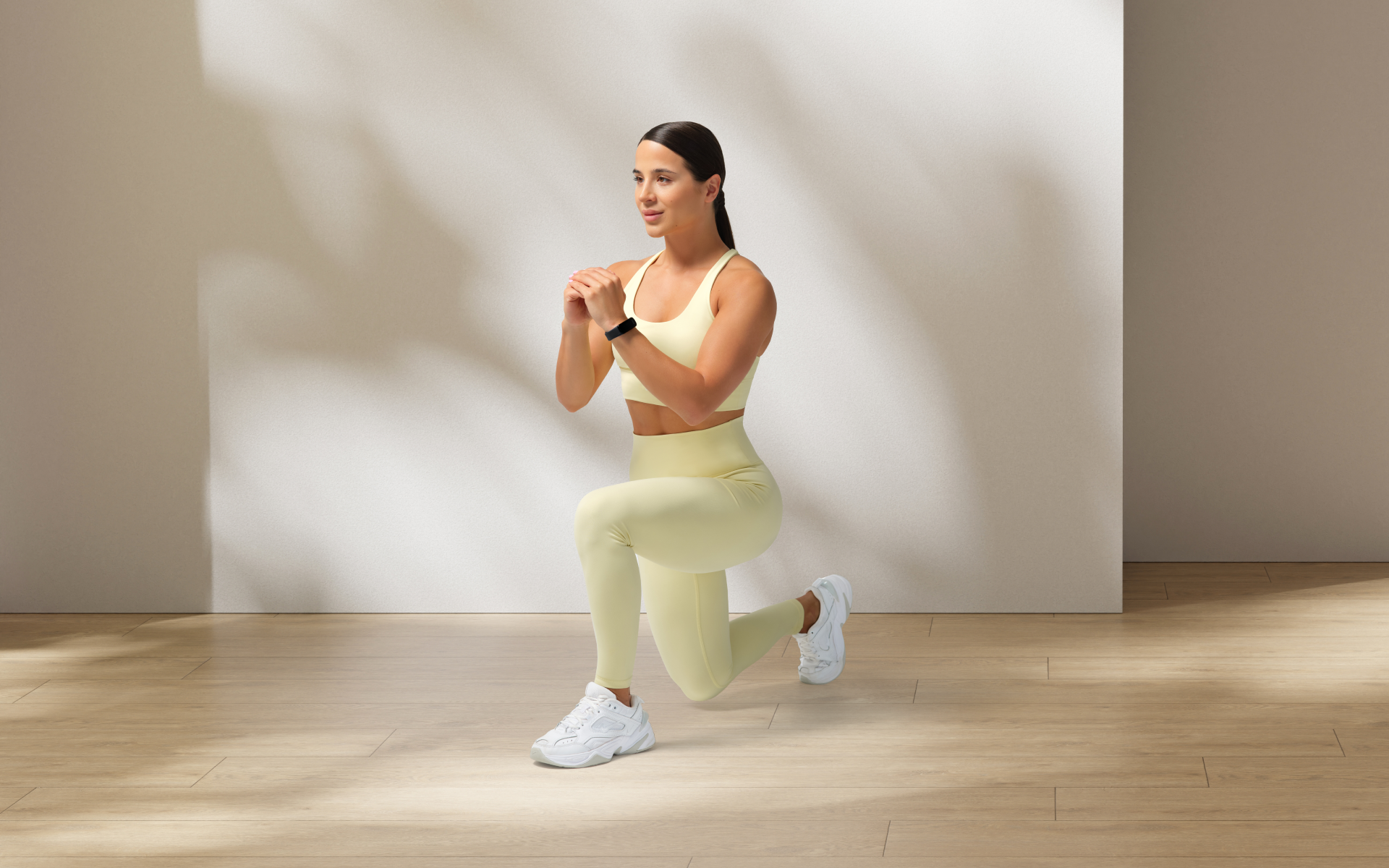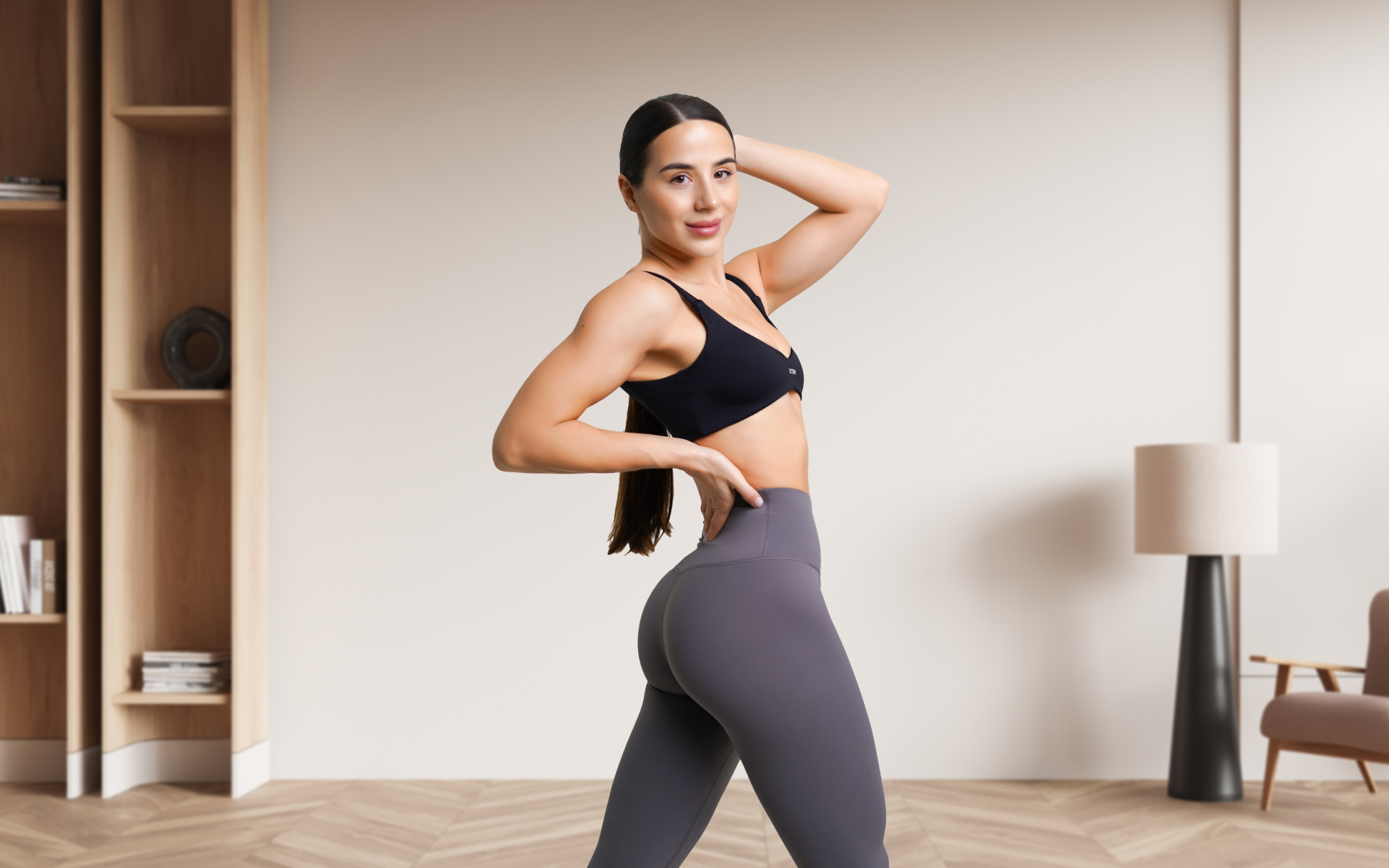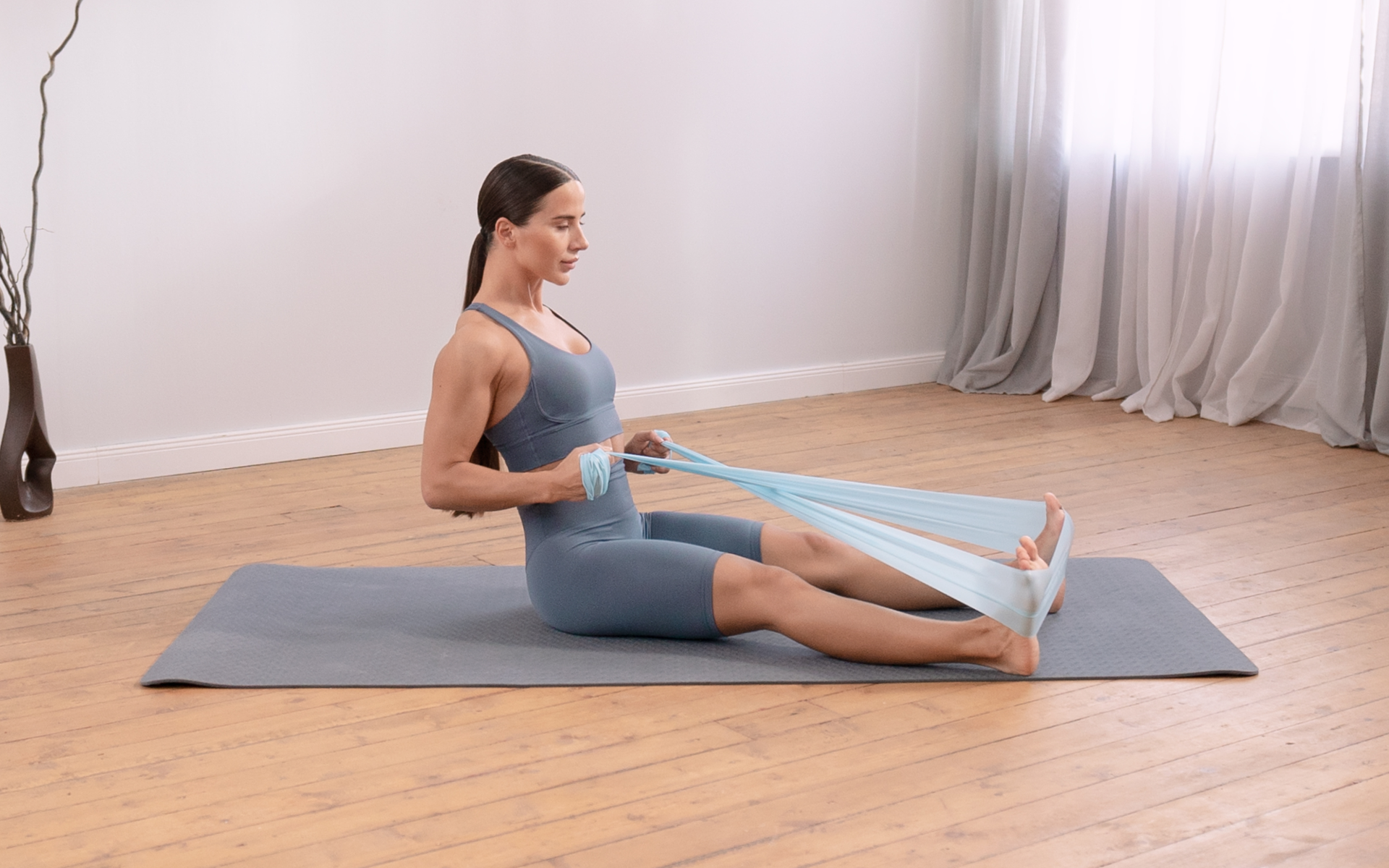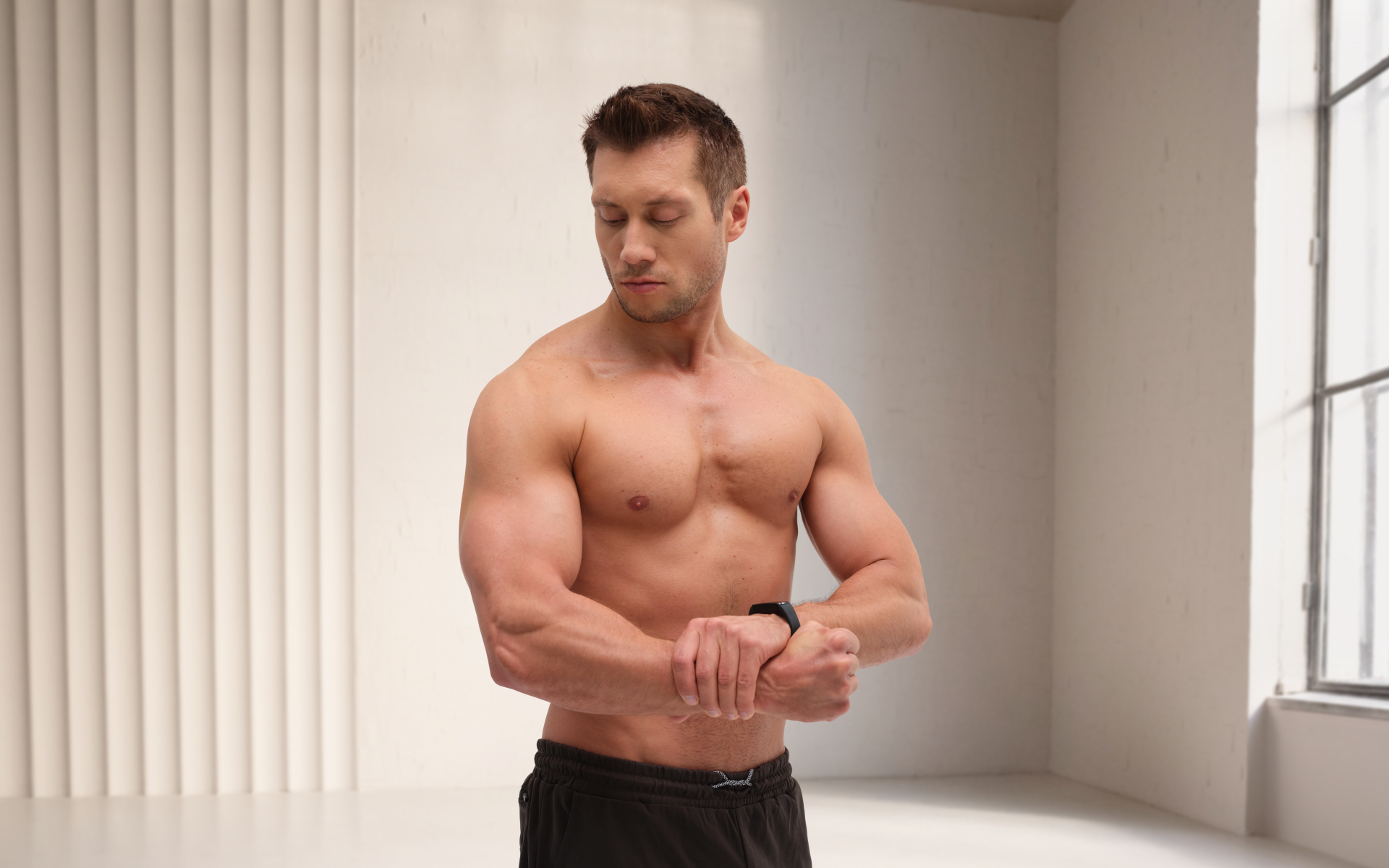Calisthenics, or bodyweight training, often brings to mind gravity-defying feats such as the human flag or the iron cross. While these elite-level skills are certainly impressive, they are the result of years of dedicated training. For those who are just starting, the world of calisthenics can seem intimidating.
But what if you could perform moves that look impressive without spending years building up to them?
This article will introduce you to six impressive calisthenics moves that are surprisingly accessible for beginners. You’ll learn how to perform them, what makes a move visually striking, and how to train for these skills safely and effectively. By the end, you’ll have a clear path to adding some flair to your workouts that will turn heads at the gym or the park.
What Makes a Calisthenics Move Visually Impressive?
The term “impressive” is subjective, but certain qualities make a calisthenics move stand out. It’s not always about raw strength – often, it’s a combination of control, balance, and aesthetics that captures attention.
- Display of Balance and Control
Moves that require exceptional balance are often perceived as being highly skillful. Holding your body in an unusual position, such as in a crow pose, demonstrates a high degree of neuromuscular control. This suggests a deep connection between mind and muscle, where small, precise adjustments are made constantly to maintain stability (1). This level of control is often more captivating than simply lifting a heavy weight.
- Defying Gravity
Any exercise that makes it look like you’re floating or defying gravity is inherently impressive. Moves such as the L-sit, where your legs are suspended in mid-air, create a powerful visual. They challenge common perceptions of what the human body is capable of doing, which makes them fascinating to watch.
- Demonstration of Mobility and Flexibility
Flexibility is a key component of many impressive calisthenics poses (2). Moves that showcase a wide range of motion, such as a deep pistol squat, highlight the physical preparedness of an athlete. It shows that they have strength and the suppleness to move their joints through their full, healthy range, which is a sign of a well-rounded fitness regimen.
- Unique Body Positions
Unconventional shapes and poses that aren’t seen in everyday life or traditional weight training are likely to draw attention. These unique positions are what give calisthenics its artistic and aesthetic appeal. Holding a pose that is both strong and graceful makes for a powerful statement about your physical abilities.
Read more: How to Perfect Calisthenics Workout Exercises for Maximum Strength
The Easiest Impressive Calisthenics Moves for Beginners
While advanced skills such as the human flag or planche are inspiring, attempting them without the proper foundation is a recipe for injury. True progress in calisthenics is built on mastering the fundamentals.
Fortunately, there are several impressive calisthenics moves that are well within reach for beginners. These exercises build foundational strength and control while providing a sense of accomplishment. They look difficult, but with consistent practice, they are quite achievable.
Here are six impressive yet beginner-friendly calisthenics moves you can add to your training.
1. Crow Pose (Bakasana)
The crow pose is an arm balance that serves as a gateway to more advanced skills such as handstands. It’s a fantastic display of balance, concentration, and upper-body strength.
The crow pose relies on creating a stable structure by stacking your joints. Your knees rest on the back of your triceps, creating a shelf. Your center of gravity shifts forward over your hands, which requires your core and shoulders to stabilize your body. It primarily strengthens the wrists, forearms, shoulders, and core.
How to Perform It:
- Start in a low squat with your feet together and your knees wide.
- Place your hands flat on the floor in front of you, approximately shoulder-width apart. Spread your fingers wide for a solid base.
- Bend your elbows slightly, creating a shelf with your upper arms.
- Rest your knees on the back of your triceps, as close to your armpits as possible.
- Lean forward, shifting your weight onto your hands. Keep your gaze slightly forward, not straight down.
- Lift one foot off the ground, then the other. Find your balance and bring your big toes to touch.
- Hold the pose, breathing steadily.
BetterMe: Health Coaching app helps you achieve your body goals with ease and efficiency by helping to choose proper meal plans and effective workouts. Start using our app and you will see good results in a short time.
2. L-Sit
The L-sit is a powerful isometric hold that demonstrates incredible core and tricep strength. Holding your legs straight out in front of you while supporting your body with your arms creates a striking visual.
This move heavily engages the abdominal muscles, hip flexors, quadriceps, triceps, and shoulders. The challenge lies in compressing the core to lift the legs and depressing the scapulae (pushing the shoulders down) to create space between your body and the floor.
How to Perform It:
- Sit on the floor with your legs straight out in front of you.
- Place your hands on the floor beside your hips with your fingers pointing forward.
- Push down firmly through your hands, locking your elbows and depressing your shoulders.
- Engage your core and lift your hips and legs off the floor.
- Keep your legs straight and toes pointed. Your body should form an “L” shape.
- Hold for as long as you can with good form. If you can’t lift your legs, start with a tuck L-sit by bending your knees.
3. Pistol Squat (Assisted)
The single-leg squat, or pistol squat, is an impressive display of lower-body strength, mobility, and balance. While a full, unassisted pistol squat is an advanced move, beginners can master it with assistance.
The pistol squat requires significant strength in the quadriceps, glutes, and hamstrings of the working leg. It also demands excellent ankle dorsiflexion (the ability to bend the ankle) and hip mobility to achieve full depth without losing balance. For more details about calisthenics squa progression, take a look at our prior publication.
How to Perform It (Assisted):
- Stand on one leg, holding onto a sturdy object such as a pole, door frame, or TRX strap for balance.
- Extend your non-working leg straight out in front of you.
- Lower yourself down slowly, as if sitting in a chair. Keep your back straight and your chest up.
- Descend until your hamstring is resting on your calf, or as low as your mobility will allow.
- Push through the heel of your standing foot to return to the starting position. Use your hands for assistance as little as possible.
4. Skin the Cat (Tuck Variation)
Skin the cat is a fundamental gymnastics movement that builds shoulder strength, mobility, and core control. It involves rotating your body through a full 360-degree arc while hanging from a bar or rings.
This exercise takes the shoulder joint through its full range of motion, promoting both flexibility and stability. It strengthens the lats, shoulders, biceps, and abdominals. The tuck variation makes it more accessible by reducing the lever length of the body.
How to Perform It (Tuck):
- Hang from a pull-up bar or gymnastics rings with an overhand grip.
- Engage your core and pull your knees up toward your chest into a tight tuck position.
- Continue pulling until your hips rise above your head, and your body starts to rotate backward.
- Lower your feet toward the ground behind you, moving slowly and with control. Go as far as your shoulder mobility allows comfortably.
- Reverse the movement by pulling your knees back to your chest and returning to the starting hanging position.
5. German Hang
The German hang is the bottom position of the skin the cat. It’s an excellent passive stretch for the shoulders and biceps and a great way to build the shoulder extension strength that is needed for more advanced skills like the back lever.
This position places the shoulders in extreme extension, providing a deep stretch for the biceps, chest, and anterior deltoids. It also requires scapular stability to hold the position safely.
How to Perform It:
- Get into the position by performing the first half of a skin the cat, stopping when your torso is upside down and your legs are behind you.
- From this inverted position, slowly lower your body down with straight or slightly bent arms until your body is hanging vertically.
- Relax into the stretch, allowing your body weight to open up your shoulders.
- Hold for a set duration, such as 10-30 seconds.
- To exit, pull yourself back up into an inverted tuck and reverse the skin the cat motion.
6. Handstand (Wall-Assisted)
Nothing says “calisthenics” quite like a handstand. While a freestanding handstand takes time to master, beginners can build the necessary strength and body awareness by practicing against a wall.
The handstand requires shoulder strength and stability, wrist conditioning, core control, and a strong sense of balance. It strengthens the deltoids, triceps, traps, and the entire core musculature.
How to Perform It (Wall-Assisted):
- Find a sturdy, clear wall. Place your hands on the floor approximately 6-12 inches away from it.
- Kick up one leg at a time to get your feet onto the wall. Your body should be facing the wall.
- Walk your hands closer to the wall to bring your body into a more vertical alignment.
- Push tall through your shoulders, as if trying to touch the ceiling with your feet. Keep your core tight and your body in a straight line.
- Hold the position, focusing on your breathing and maintaining alignment.
- To come down, walk your hands away from the wall and lower one foot at a time.
For more inspiration on how to structure your calisthenics training, you can explore various beginner calisthenics moves.
How Long Does It Take to Learn Impressive Calisthenics Moves?
Mastering calisthenics skills is a marathon, not a sprint. The time it takes to learn a move will depend on several factors, including your current fitness level, consistency, training quality, and genetics.
The journey typically involves three phases:
- Building Foundational Strength: Before you can perform a skill, you need the raw strength to support it. This involves consistent training on basic exercises such as pull-ups, push-ups, and dips.
- Mastering the Skill: This phase is about neurological adaptation. You practice the specific movement patterns of the skill, teaching your brain and muscles to work together. This requires frequent, deliberate practice.
- Perfecting the Form: Once you can perform the move, you refine it. This means cleaning up your lines, increasing your hold times, and making the movement look effortless.
For the beginner moves listed above, a dedicated individual could expect to see significant progress within 2 to 6 months. Realistically, many people spend years perfecting movements, as it takes time and practice to truly master a skill.
What’s the Safest Way to Train for Impressive Moves?
Safety should always be your top priority. Pushing too hard, too soon, is the fastest way to get injured and derail your progress.
Start with the Basics
Don’t skip the fundamentals. A solid foundation of strength from basic exercises will protect your joints and prepare your body for more demanding skills (3).
- Master push-ups before you attempt handstand push-ups.
- Be comfortable with pull-ups before you work on muscle-ups.
- Ensure you have a strong support hold before you try advanced dip variations.
Use Progressions
Every advanced skill has a series of simpler exercises, or progressions, that lead up to it. Using progressions allows you to build strength and coordination gradually and safely (4).
Example for L-Sit: Start with foot-supported L-sits, then move on to tuck holds, single-leg extensions, and finally the full L-sit.
Intense sweat sessions, working weight loss tips, lip-smacking recipes come in one package with the BetterMe: Health Coaching app—all at your fingertips, start transforming your life now!
Listen to Your Body
Pay attention to pain. There’s a difference between the discomfort of muscle fatigue and the sharp pain of an injury. If something hurts, stop, rest, and if the pain persists, consult a professional.
Prioritize Mobility and Joint Prep
Calisthenics places unique demands on your joints, particularly the wrists, elbows, and shoulders.
- Warm-up thoroughly: Include dynamic stretches and joint mobility exercises before every session (5).
- Cool-down: Finish with static stretching to improve flexibility and aid recovery (5).
If you’re looking to challenge yourself further once you master these, consider incorporating some hard bodyweight exercises into your routine.
Read more: How to Build Biceps with Calisthenics Workouts: No Equipment, Maximum Results
How Often Should You Train for Flashy Calisthenics Skills?
The optimal training frequency depends on the nature of the skill and your recovery capacity. For skill-based work that is neurologically demanding but not necessarily muscle-damaging (like balance work), you can practice more frequently.
A good approach for beginners is to dedicate a small portion of each workout to skill practice. For example, you could spend 5-10 minutes at the beginning of your session working on handstand balance or crow pose attempts.
For strength-based skills, a frequency of 2-3 times per week for each move is generally effective (6). This allows for adequate recovery and adaptation between sessions. Remember that rest is when your body becomes stronger.
Do you want to see some other great examples of calisthenics movements that aren’t necessarily for beginners? Check out these calisthenics poses.
The L-sit is arguably one of the most impressive beginner-friendly moves. It’s a pure demonstration of strength that looks incredibly difficult, yet the progressions to achieve it are straightforward and accessible to most people with consistent practice. Yes, absolutely. While taller individuals may face a greater challenge with leverage-based moves (longer limbs mean longer levers to control), they can achieve the same skills as shorter individuals. It may require more dedicated strength-building and a greater focus on form, but height isn’t a barrier to success in calisthenics. With skills that are neurologically demanding, such as handstand balancing, you can practice them for short durations (5-15 minutes) almost daily. For strength-focused skills, training them 2-3 times per week is a good target to allow for adequate recovery and muscle adaptation. There are many excellent resources available. Online platforms such as YouTube have countless tutorials from experienced coaches. Some reputable calisthenics websites and books provide systematic and detailed progression charts for almost every calisthenics skill imaginable.Frequently Asked Questions
What’s the most impressive beginner-friendly move?
Can tall people do impressive calisthenics?
How often should you train for flashy skills?
Where can you learn progressions for impressive moves?
The Bottom Line
Adding impressive calisthenics moves to your repertoire is a rewarding journey that builds physical strength, discipline, patience, and body awareness.
By focusing on a solid foundation, training safely, and remaining consistent, you can achieve skills that once seemed impossible. Start with these six beginner-friendly moves, and you’ll be well on your way to unlocking your true physical potential.
DISCLAIMER:
This article is intended for general informational purposes only and does not serve to address individual circumstances. It is not a substitute for professional advice or help and should not be relied on for making any kind of decision-making. Any action taken as a direct or indirect result of the information in this article is entirely at your own risk and is your sole responsibility.
BetterMe, its content staff, and its medical advisors accept no responsibility for inaccuracies, errors, misstatements, inconsistencies, or omissions and specifically disclaim any liability, loss or risk, personal, professional or otherwise, which may be incurred as a consequence, directly or indirectly, of the use and/or application of any content.
You should always seek the advice of your physician or other qualified health provider with any questions you may have regarding a medical condition or your specific situation. Never disregard professional medical advice or delay seeking it because of BetterMe content. If you suspect or think you may have a medical emergency, call your doctor.
SOURCES:
- The Role of Neuromuscular Control of Postural and Core Stability in Functional Movement and Athlete Performance (2022, frontiersin.org)
- WHY FLEXIBILITY MATTERS IN CALISTHENICS AND HOW TO IMPROVE IT (n.d., gavin.fit)
- Resistance Training in Youth: Laying the Foundation for Injury Prevention and Physical Literacy (2017, pmc.ncbi.nlm.nih.gov)
- Progressive overload without progressing load? The effects of load or repetition progression on muscular adaptations (2022, pubmed.ncbi.nlm.nih.gov)
- Static vs. Dynamic Stretching: What Are They and Which Should You Do? (2021, hss.edu)
- Effects of Resistance Training Frequency on Measures of Muscle Hypertrophy: A Systematic Review and Meta-Analysis (2016, link.springer.com)
